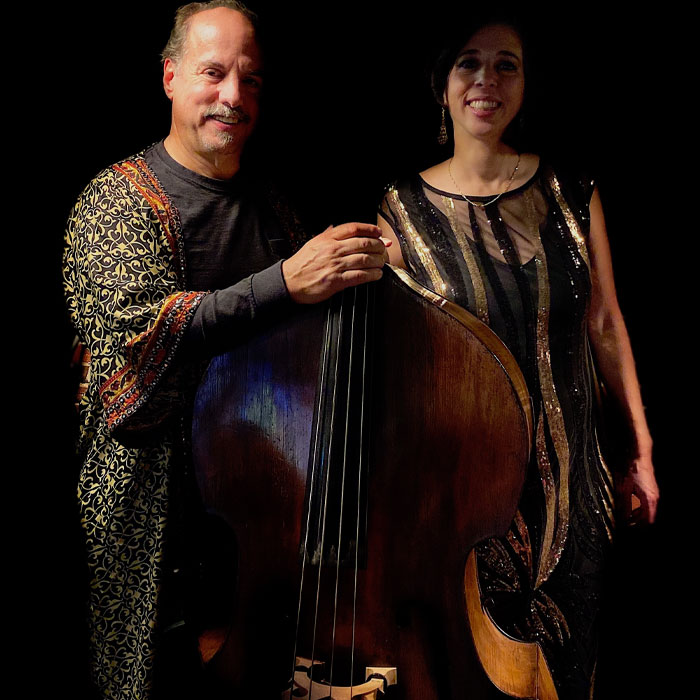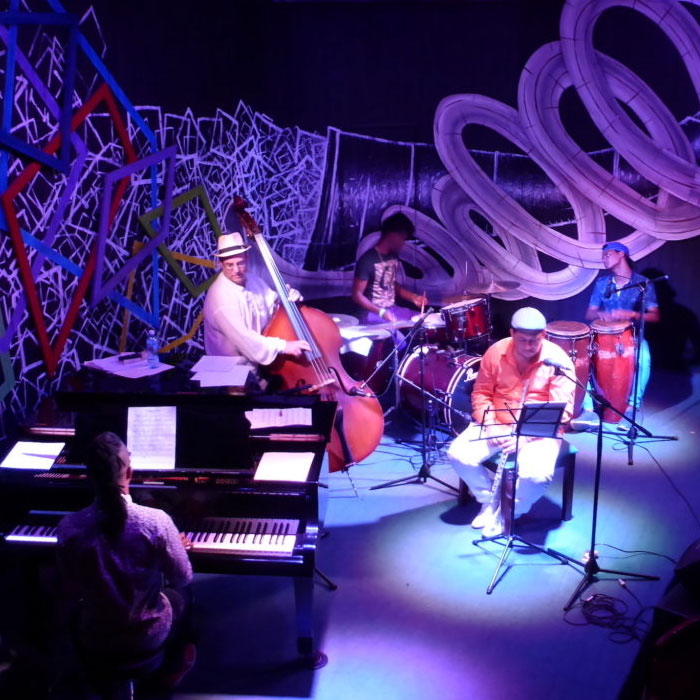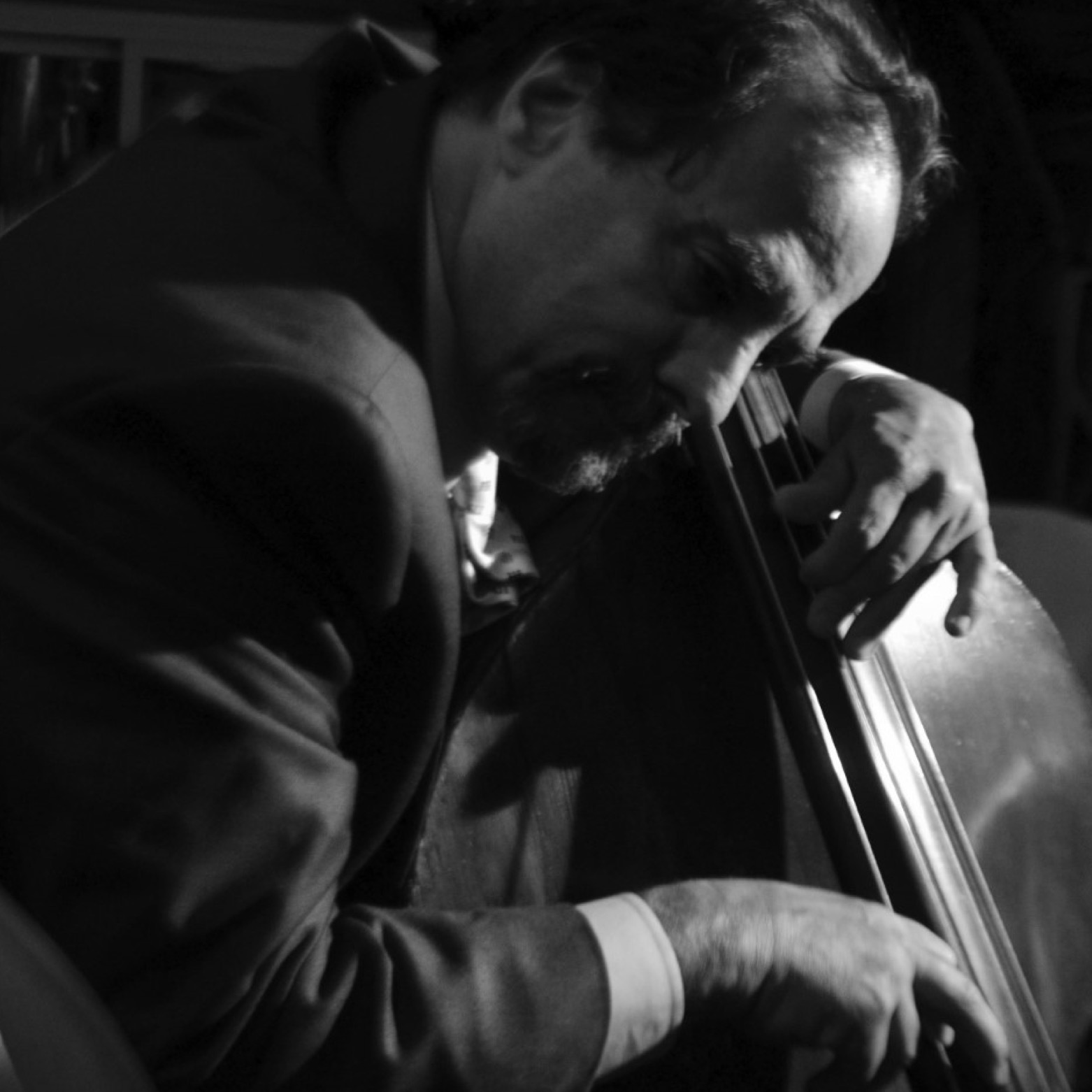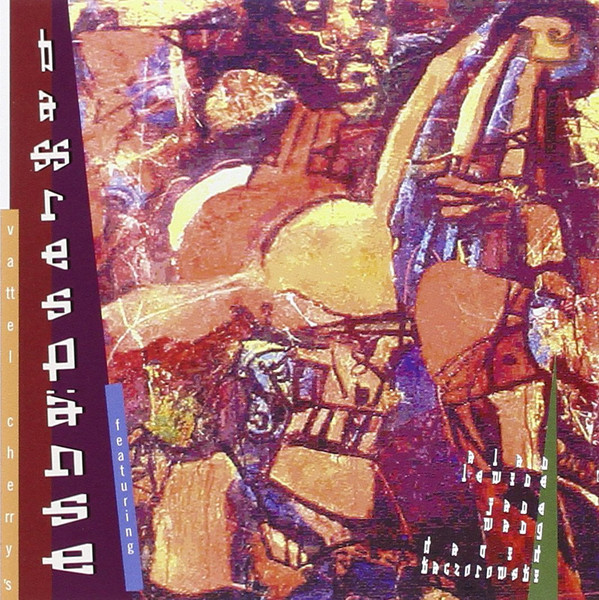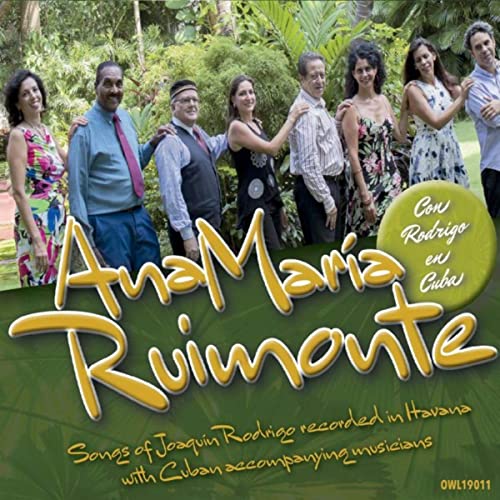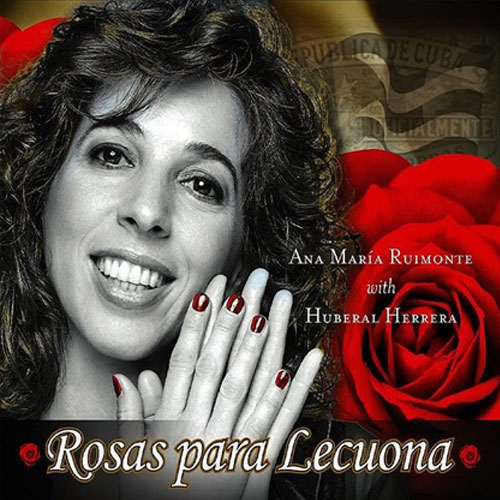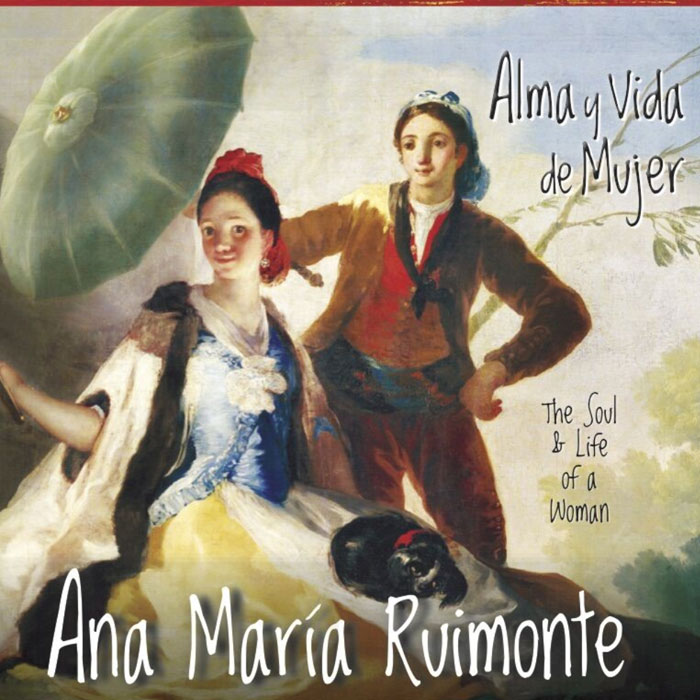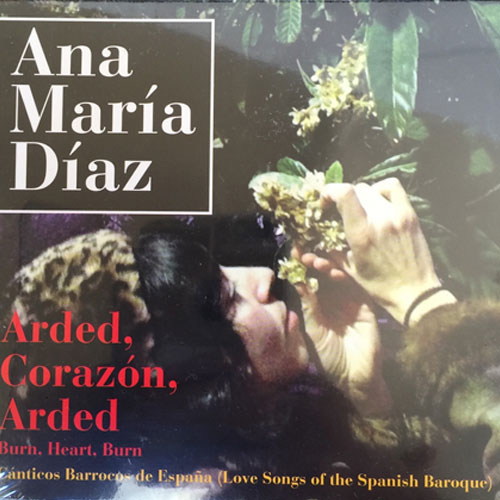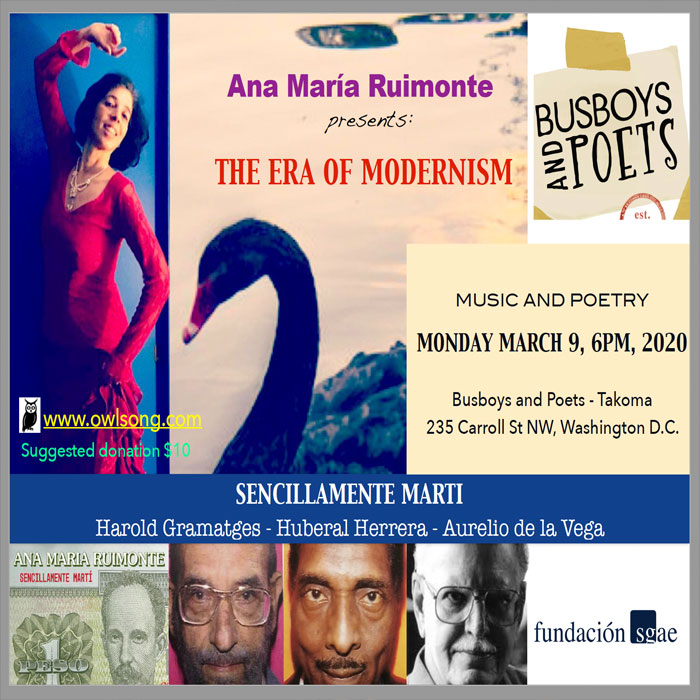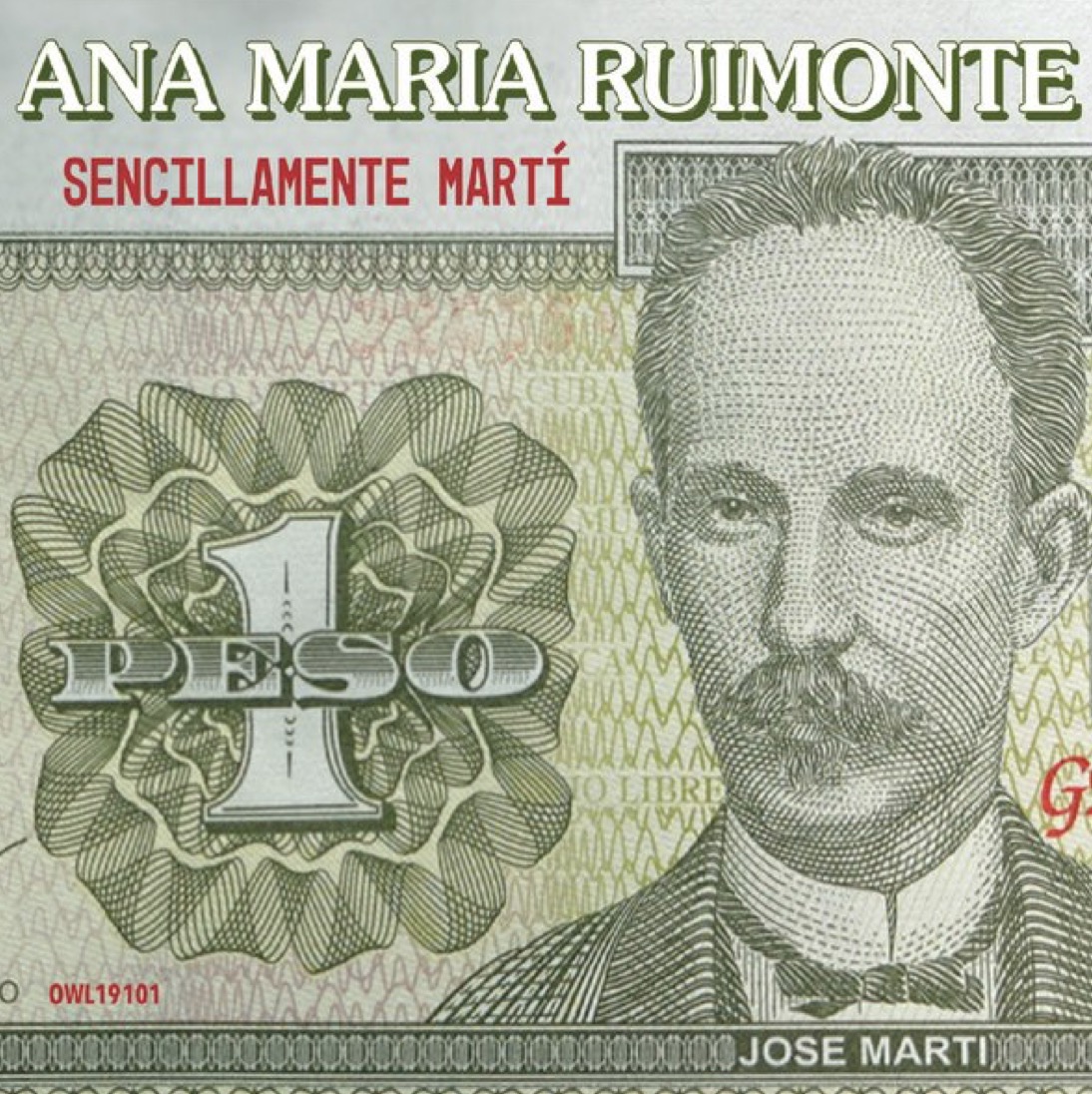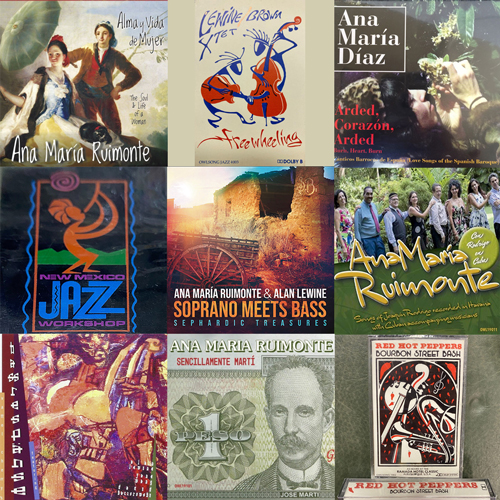Alma y Vida de Mujer (The Soul and Life of a Woman)
Songs, mostly in Spanish, but also French, Italian, German and English from the traditions of opera, zarzuela, American musical theater and contemporary Spanish art songs and arias revealing the many facets of The Soul and Life of a Woman.
 ANA MARIA RUIMONTE, the “Spanish Mezzo&Soprano”, sings a range of arias, art songs, zarzuela and other material from the 19th-21st centuries in a variety of languages and a range of characters and moods representing ALMA Y VIDA DE MUJER - THE SOUL AND LIFE OF A WOMAN. She manages to cover both the roles of Romeo and Juliet in different songs.
ANA MARIA RUIMONTE, the “Spanish Mezzo&Soprano”, sings a range of arias, art songs, zarzuela and other material from the 19th-21st centuries in a variety of languages and a range of characters and moods representing ALMA Y VIDA DE MUJER - THE SOUL AND LIFE OF A WOMAN. She manages to cover both the roles of Romeo and Juliet in different songs.
This album was recorded in two successive days, mostly in first takes and “live in the studio,” and mastered on a third day in Fall 2015 at Silvertone Studios in Ardmore PA. Laurie Rogers accompanies on piano. Producer Alan Lewine says of the effort, “An impressive show of artistry and stamina by two amazing musicians and a superb engineer.
TONADILLAS ESCENICAS - EN EL ESTILO ANTIGUO (E. Granados, music; E. Periquet, lyrics; 1911)
El mirar de la Maja (deseada – desired woman)
The woman in love explains in a poetical way how her sight is profound, hot and full of feeling. To her, this produces her blush and for her lover, this sight produces results in his death.
Amor y Odio (abandonada – abandoned woman)
A woman in love for a man who knew how to reach her heart but then abandoning her. She feels her life is a shadow because of this.
La maja Dolorosa III (destrozada – distraught woman)
The woman lost her love because he died. Here she says that she loved him and she continues loving him through the memories. With him everything was beautiful, the difficult times which have already passed and the good ones.
LA DEL MANOJO DE ROSAS (P. Sorozábal, music; R. de Castro y Carreño, lyrics; 1934)
Asunción (engañada – deceived woman)
In Madrid in 1934, Pablo Sorozábal composed this “sainete” with traditional dance rhythms such as the “pasodoble”, “mazurca” and “chotis”, “fox trot” or “farruca” bringing the zarzuela style closer to the modernity of his times, and to the operetta. In the sentimental plot of this romanza, Asunción, who is a girl who amounted to little, is complaining about a relationship with a false lover, playing with metaphors of rose, hawk, nest of love, the skies and the garden. She shows here her feelings of pain, hate, bitterness and courage.
LA VIDA BREVE (M. Falla, music; C.F. Shaw, lyrics; 1905)
Vivan los que ríen (engañada - deceived woman)
This opera, set in the Albaycin area in Granada at the beginning of 20th C, shows the gypsy Salud and her suffering after the cheating of the rural unsophisticated man who, finally, after having sexual relations with her, marries Carmela. The father of Salud appears in the wedding to defend his daughter. Here Falla considers Salud, as opposed to Carmen, to be the prototype of a real Spanish gypsy woman. He shows the social discrimination suffered by the poor gypsies. Salud shows her disillusion through that lament to conclude that she rather prefers death to her suffering. She uses the flowers and the birds as metaphors.
EL DÚO DE LA AFRICANA (M.F. Caballero, music; M. Echegaray, lyrics; 1893)
Canción Andaluza (infiel – unfaithful woman)
A humble opera company prepares to present the opera “L’Africaine” by Giacomo Meyerbeer. The low businessman Querubini has a reputation of not paying anyone so he can save as much as possible. His wife, the Antonelli, is the principal soprano. She is a gypsy from Seville and she is a gracious and delicious woman who spreads salt, and the tenor is in love with her, while Querubini is burn of jealousy. Indeed, the daughter of Querubini is after the tenor. This is a big tangle (embroilment) in those times. In this romanza, the Antonelli flirts with the tenor in front of the people in the company, who makes comments and laugh at this situation. She uses the river and the eyes of the bridges in a romanza (song) full of sexual allusions (references).
MALASPINA O LA IDEA DE LA FELICIDAD (J.L. Greco, music; P.F. Mamou, lyrics; 2005)
L’ultimo sogno de Malaspina (maternal – motherly woman)
This opera is based on an historical voyage from Naples to the Pacific Ocean from 1789-1794. Malaspina leads a scientific exploration to the new world, America, looking for happiness. The subjects also include the politics of colonization, the colonized and the colonizers. Because of so many different languages and cultures, it is not possible for the peoples to talk and violence surges. Malaspina returns to Spain to denounce what it is happening with the indigenous American people. Malaspina is unfairly judged by the court of Carlos IV. Not permitted to defend himself, he is condemned to exile. In this final aria, Malaspina rests and remembers his childhood in his native country. He listens to a feminine voice which appears to be speaking Italian. This woman appears as a dream. The lyrics makes allusion to the rain which falls slowly over the lake, where the stars are reflecting during the night. It is a piece of Spanish contemporary surrealism.
TELEARIA (J. Duran-Loriga, music; V. Pérez-Sauquillo, lyrics; 2007)
El Contestador (máquina sentimental – woman sentimental about her answering machine)
This song by Jacobo Durán-Loriga from a surrealistic poem by Vanesa Pérez-Sauquillo represents a woman as an answering machine, and that, by means of a long speech, realizes abstractions of situations, becoming possible motifs for that telephone call.
CARMEN (G. Bizet, music; H. Meilhac & L. Halévy, lyrics; 1875)
Habanera (seductora – seductive woman)
The opera Carmen is set in Seville in 1820. The titular Carmen is a strong character as a young gypsy. With this habanera, reflecting the rhythms sung by the Andalusians from Cádiz who emigrated to Cuba, Carmen bewitches her lover, taking him down the path of the lost.
HERODIADE (J. Massenet, music; P. Millet & H. Grémont, lyrics; 1881)
Vengemoi d’une supreme offense! (vengativa – vindictive woman)
Set in ancient Judea in 30 A.D., this opera concerns Juan Bautista (John the Baptist) as a Jewish preacher who was considered a prophet by the three religions: Jewish, Christian and Muslim. He baptized Jesus of Nazareth and prophesied that he was the son of God. But he also was dared to denounce the incestuous relation of Herodes with his sister-in-law Herodiade. After a party, Herodiade’s daughter, Salomé, danced and Herodes promised to grant her one wish whatever it was. At the instigation of her mother, she asked for the head of John, and Herodes, because of his promise, could not refuse. Here, Herodías tells Herodes the indictment and the insults of the prophet, and asks him for his head because of the great offense to her. She is indignant, offended and she suffers for it.
DER ROSENKAVALIER. OP 59 (J. Strauss, music; HJ. Von Hofmannsthal, lyrics; 1911)
Es is ja, eh als eins (travestida – cross-dressed transvestite woman)
In 18th Century Vienna, Octavian is a young man, 17 years old, lover and under the command of the wife of the sheriff until finally he falls in love with a young lady. He must disguise himself as a woman, but the cousin of the wife, the baron, tries to seduce him (her).
ROBERTO DEVEREUX (G. Donizetti, music; S. Cammarano, lyrics; 1837)
All’afflito è dolce il pianto (infiel y arrepentida – woman atoning for her unfaithfulness)
In London in 1601, Sara, the duchess of Nottingham cries as she is reading a book. She is married to the duke but she is in love with the Count of Essex, who corresponds with her as her lover. She feels that her marriage took her to the tomb in life. It complicates everything that the Queen of England is profoundly jealous.
I CAPULETI E I MONTECCHI (V. Bellini, music; F. Romani, lyrics; 1830)
Lieto del dolce incarco (as Romeo); (travestida y luchadora – fighting woman performing as a man)
Set by Shakespeare in Verona, Italy in the 13th Century, Romeo and Juliet are in love, but Juliet is promised and engaged to Tebaldo. A war exists between the Capuleti and Montecchi families. Romeo arrives disguised to propose a peace to be accomplished by the marriage among Romeo and Juliet. However, Capellio and the Capuleti refuse the offer. In this aria, Romeo accept the dare to war, and he kills Capelio, without knowing that he is the brother of his love.
CAVALLERIA RUSTICANA (P. Mascagni, music; B. Menasci, lyrics; 1890)
Voi lo sapete, o mamma (engañada – deceived woman)
The opera takes place in Sicily in the 19th Century. Santuzza is a young village woman who has been seduced by Turiddu. But Turiddu was only provoking the jealousy of Lola, who was his girlfriend. However, while he was in the army, she married a rich man of the town. Finally, he pursues her until Lola starts an adulterous relationship with him. Santuzza tells the mother of Turiddu what it is happening with his son and the enormous sadness she is feeling as a result.
WEST SIDE STORY (L. Bernstein, music; S. Sondheim, lyrics; 1957)
I Feel Pretty (as María (Juliet)); (seductora – beautiful woman)
Leonard Bernstein’s Broadway musical/operetta sets the tale of Romeo and Juliet among the Puerto Rican and Italian gangs in the ghettos of 1950s New York City. This song expresses the joy of a young woman (Maria in the character of Shakespeare’s Juliet) newly in love and feeling beautiful.
In this collection, Ana María Ruimonte has now sung the roles of both Romeo and Juliet.

